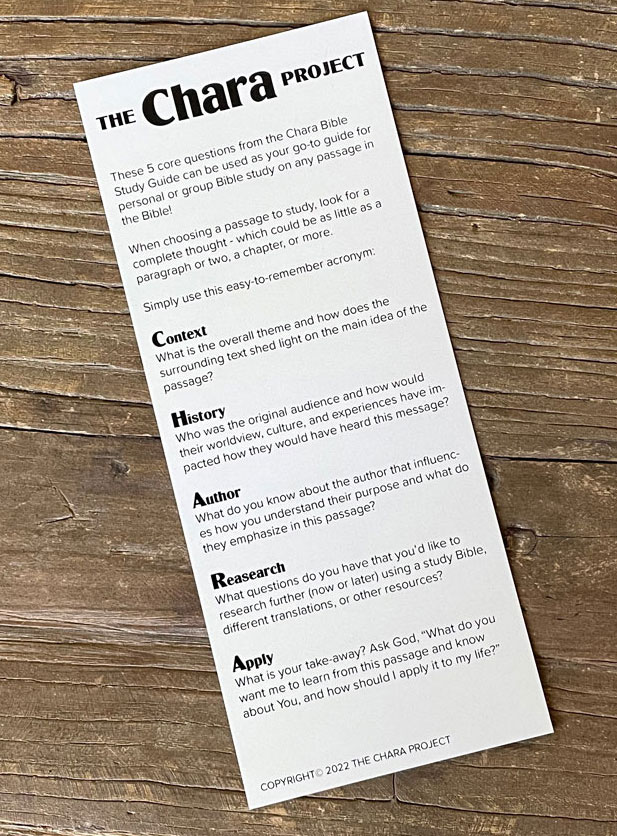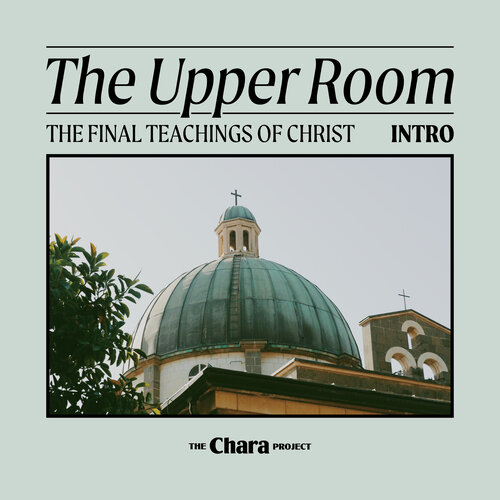Imagine that you knew the last day you would be here on earth. What would you do? For most of us, we would spend time with our family and friends. We would express all the things that we wanted to say before we were gone. Well, that’s exactly what happened in the upper room in John 13-17. Jesus knew that He would soon be arrested, put on trial and sent to Calvary. He sat in the upper room with His disciples and He took that moment to pour out every thought, every piece of advice, every lesson and every prayer He could – so they did not miss one thing.
These were the final teachings of Christ before His death, which helps us realize that they were also pretty important. By writing this gospel, John opens the door to the upper room allowing us to see how Jesus prepared His disciples for his death, and how all His followers can prepare their hearts to celebrate His resurrection each Easter.
Throughout the study, we’ll be using the CHARA Bible Study Method to show how to get the most out of this Bible study. We do this by using the acronym CHARA: Context, History, Author, Read, Apply.
This first week, we’ll use the CHARA Bible Study Method to explore our author of John and the background of John 13-17 – consider it our Intro to John. The remaining 5 weeks of our study, we’ll unpack each chapter of John 13-17, and when we address something that speaks to one of the essentials we’ll make sure they stand out as such: CONTEXT, HISTORY, ETC.
Grab your own copy of the CHARA Bible Study Method on our website and follow along!



